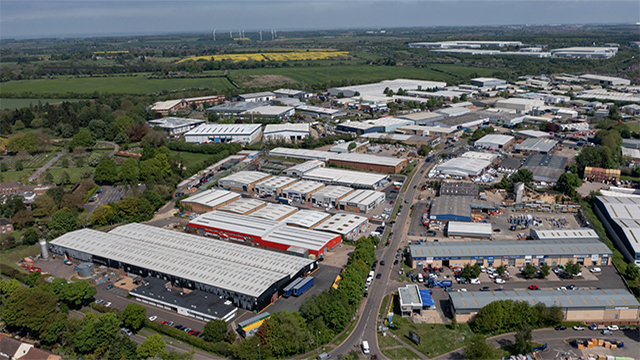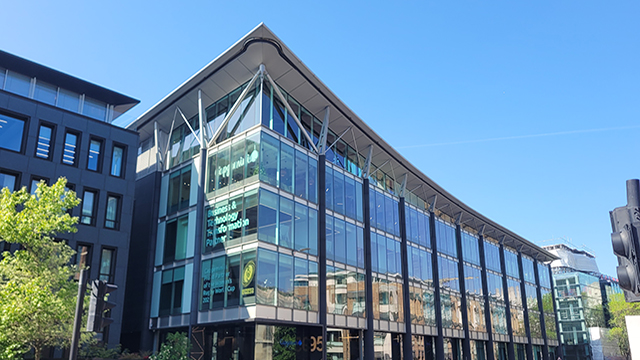Manchester residential pipeline fails to keep pace with demand
Manchester city centre will face a housing shortage of 1,650 homes in 2023, according to research by JLL. The data shows how the development pipeline is failing to keep pace with demand for city centre living, with the undersupply forecast to drive up capital values and rents.
The shortfall comes despite 2,500 homes set to be consented by Manchester City Council at a planning meeting on Thursday. Proposals due to receive planning permission include Allied London’s Trinity Islands and London Road Fire Station, and Ask Real Estate’s Found Space.
JLL research found that at the start of 2017 the city centre had 3,000 homes fewer than it needed. While this shortfall is set to decrease as development activity grows in the city, rising demand levels will mean that Manchester will continue to face an under-supply in 2023 – when there will still be a requirement for a further 1,650 homes.
Manchester city centre will face a housing shortage of 1,650 homes in 2023, according to research by JLL. The data shows how the development pipeline is failing to keep pace with demand for city centre living, with the undersupply forecast to drive up capital values and rents.
The shortfall comes despite 2,500 homes set to be consented by Manchester City Council at a planning meeting on Thursday. Proposals due to receive planning permission include Allied London’s Trinity Islands and London Road Fire Station, and Ask Real Estate’s Found Space.
JLL research found that at the start of 2017 the city centre had 3,000 homes fewer than it needed. While this shortfall is set to decrease as development activity grows in the city, rising demand levels will mean that Manchester will continue to face an under-supply in 2023 – when there will still be a requirement for a further 1,650 homes.
Rapid population growth and the popularity of city living is contributing to the sustained high demand, according to JLL. The current development pipeline is not expected to keep pace with growth in the city centre’s population, which is due to rise by 80,000 by 2024 according to Manchester Place – a partnership between Manchester City Council and the Homes & Communities Agency.
Stephen Hogg, lead director, regional residential at JLL in Manchester, said: “Residential development in Manchester is becoming increasingly high profile, in part due to the city emerging as a hot spot for high-quality private rented sector schemes. Inevitably, this buzz has led to speculation that oversupply is on the horizon, when in fact the opposite is true.
“Manchester is attracting and retaining more graduates, young professionals, and direct investment. Last year, 47 firms either set up and created jobs for first time or expanded their existing operations, all of which is contributing to demand for city centre living.
“The current development pipeline means the city will not keep pace with that demand. With our analysis predicting that capital values and rents are set to increase by 28.2% and 20.5% respectively until 2021 – which is above the national average – the city centre’s fundamentals will continue to remain appealing for institutional and foreign investors. But this appeal must be translated into development activity if the city centre market is to continue to grow.”
According to JLL’s figures, the average home in the city was selling 70% faster at the start of 2017 versus the same period in 2016 – down to nine days.
To send feedback, e-mail Louisa.Clarence-Smith@egi.co.uk or tweet @LouisaClarence or @estatesgazette










